In September 2017, following the ten year anniversary of Madeleine McCann’s disappeatance, Australia’s Sunrise show interviewed American criminal profiler Pat Brown. At about 4:44 in the segment, the female reporter notes:
“Well, uh…your views on this [Madeleine McCann]…uh…have been…almost…silenced. You haven’t been on American TV for seven years [Brown nods on the split screen]. The UK media won’t talk to you…[Brown: Correct]. You’re here on Australian TV…um, and as you say, your book was banned from Amazon. Um, what do you think it is particularly about your theories that are…um…not liked by American and British authorities…”
Pat Brown replies:
“Well, I think the problem is the evidence does not support abuction.”

The segment, titled “Crime expert claims Maddie McCann died in her holiday apartment 5A” has been viewed over 1 million times, and received about 1700 comments on YouTube, which is clearly indicative of the level of public interest in this question, and arguably its newsworthiness to the public, if not to American and British media.
As a former mainstream media and magazine journalist, where it was my stock and trade to pitch stories and engage with newspapers and editors, I had a very personal and very direct experience with the media in the McCann case.



So I’m a little confused. Who is getting thrown under the bus here? Is it the journos trying to report on a counter-narrative [the flip side of the narrative coin to the McCann’s version of events] which incidentally is also the “disgraced” lead detective’s scenio [he’s also been blocked, banned, sued etc], or are the McCanns being unfairly victimised by the media? Which is it?
If the media are so crooked and willing to throw the McCanns under the bus at the drop of a hat [as portrayed in Netflix docuseries The Disappearance of Madeleine McCann], why didn’t any British publication mention the series I wrote on the case – ever?
On the ten year anniversary, DOUBT and DOUBT II consistently outsold Kate McCann’s book, and DOUBT remained the #2 Amazon Bestseller on the Amazon.co.uk True Crime charts for days on end when coverage of the McCann case was at a peak.
Right now [March 25th, 2019] DOUBT is #9 on the same Bestseller list currently [just three spots behind Kate McCann’s book]. But not a single British reporter has ever contacted me and not a single article or reference to my book has appeared, even in articles dealing with all the books written on the McCann case, and believe me I checked.
Even more obvious in its absence from this category is the lead detective Goncalo Amaral’s book Truth of the Lie. In fact if you search for Amaral’s book on Amazon it’s only available in Portuguese.
From my side, the lack of engagement from the media isn’t sour grapes [well, LOL, maybe a little], but the broader point is there seems to be more of an agenda of the media towing the McCann line [perhaps for fear of being sued if they don’t] than of anti-McCann propaganda in the mainstream media.
But the way Netflix portrays it, the media coverage of the McCann case was and still is evil, biased, unfair and dishonest, and reporters inexplicably had and still have an axe to grind with the McCanns.
Fact is it was open season on the McCanns in the media for a very short window of time, and one could argue that the negative coverage following the cadaver alerts and the DNA narrative didn’t emerge in a vacuum.



I’ve worked in a newsroom in a major media house. Before I worked side-by-side with teams of editors, reporters, multimedia crews and sub-editors, I suspected there might be agendas and protocols and political and corporate arrangements running the show at newspapers as a matter of course. Sometimes there are. In some cases there are. But the media on the average day in terms of its basic coverage and general mandate is also a very dumb machine that simply does as it’s told.
Get the story. Tell the story as you see it.
Someone important says something, the media reports on it. Someone else important responds to it, the media reports on that. It’s often that simple.
The media’s strong point isn’t analysis or interpretation. If the media inveigles itself in these areas, especially when it comes to legal matters, it exposes its big fat cash cow underbelly to litigation. It would prefer not to if it can get away with it. It prefers to play dumber than it really is and instead panders to its audience and stakeholders.

Personally I find this attitude patronizing and cynical, but then patronizing isn’t necessary a bad word when you’re the one profiting out of the process. And some media coverage is neither here nor there, it’s simply a reflection of public sentiment. The media works as a sort of marketing machine, gauging public demand but also attempting to shape, influence and shift it. The media recycles what it’s told and it feeds the monster [us], tries to keep the monster full and satiated while trying to keep itself in the black. The media also has budgets, revenues and targets.
In this sense the media acts like both a barometer and a mirror, and sometimes what it reveals [us] is a salivating, greedy, addicted and oftentimes deeply ignorant flock of sheep. We too tend to believe what we’re told as an extension of the media doing the same thing.

Many journalists, including those writing about true crime, aren’t paid or even asked to think about it. They’re not required to prognosticate on the guilt or innocence of a particular character, in fact if anything they’re required not to. They’re told to record, report and repeat what others say, and often that’s all they do. So media coverage is by definition limited in its investigative scope.
In general this is how the media appears, but of late bias has certainly crept into media reporting and into entire media organisations. Media companies are increasingly political and sometimes explicitly so [for example Fox News coverage of Trump versus CNN].
When I researched the DOUBT trilogy two years ago in 2017, I found 90% of the contemporary media coverage supportive of the both the McCanns and the “Madeleine is alive and missing” myth. The only exceptions to the media masturbating the pedophile narrative [apologies for the metaphor, but it’s an objectionable and bogus narrative to begin with], I found, were in the odd story by Australia’s Mark Saunokonoko and Natasha Donn’s reporting for the Portugal Resident.
In other words, if you wanted to find a counter-narrative to the reigning pro McCann Apologia, you wouldn’t find it in Britain or America. You had to go to the ends of the Earth – New Zealand, Australia and an obscure little English periodical in Portugal – to find it. Is that fair? Is that balanced? Is that ethical? Is this free speech? Is it defensible from the perspective of a free press?
More commonly you’ll find the British tabloids coming up with puff pieces like this:
And:
Madeleine McCann Netflix viewers convinced they’ve spotted clue proving she was snatched – The Mirror
Really? Are Netflix viewers convinced?
I made a few forays to get publicity for my book and even those journalists that seemed more inclined towards Madeleine no longer being alive [named above] apparently didn’t feel my research was worth their time. That’s their right. But that’s editorial independence for you.
One journalist that I spent a lot of time – hours in fact – talking to and sharing my research was Mark Saunokonoko. [Listen to one of our conversations here]. I’ll give you a Noddy badge if you find Saunokonoko referring to me anywhere, once, ever. Saunokonoko has now produced a very popular and well-produced podcast series in which he quotes American author and criminal profiler Pat Brown at length.
The point is the media isn’t lynching the McCanns, and for the most part my impression is that the media today seem to beating the drum and playing the tune of the McCanns whenever they make a peep.
In contrast the coverage of Amaral is typically less flattering. A case in point is the media attacking Amaral for making money out of selling his book [a book that is virtually invisible to the entire English-speaking world]. Bear in mind Amaral is unemployed and lost his job and income as a result of investigating the McCann case.
And yet when it comes to the same issue, the McCanns making mountains of dosh on the sales of their book [which right now is selling like hotcakes thanks to the documentary they had nothing to do with], the media are far more supportive and sympathetic. The McCanns have also cleverly never disclosed the princely sum they received when they signed their lucrative publishing contract.
In the past, there have been some ugly skirmishes between the McCanns, the media, trolls and even Pat Brown, which I will cover in a post specifically dedicated to that subject.

Fortunately the court of public opinion is vast, and thanks to the democratisation of information, it’s becoming even more vast. As such, I for one as a former journalist don’t actually need the media or experts to endorse me or my work. I simply need my readers to trust me, to purchase my work and to keep purchasing it, and to do that I have to be a reliable, trustworthy, consistent and honest source, and one with no agenda.
I have no affiliation, no horse in the race other than to address and focus on the facts such as they are. And to some I execute that mandate, some might say quite well. If it’s good enough for them, it’s good enough for me, all this in spite of the media’s thumbs up for some while thumbing their noses at others.







 Goncalo Amaral did the unthinkable in this story – he had the temerity to suspect both parents of complicity in covering up whatever happened to the doctors’ daughter.
Goncalo Amaral did the unthinkable in this story – he had the temerity to suspect both parents of complicity in covering up whatever happened to the doctors’ daughter.




























































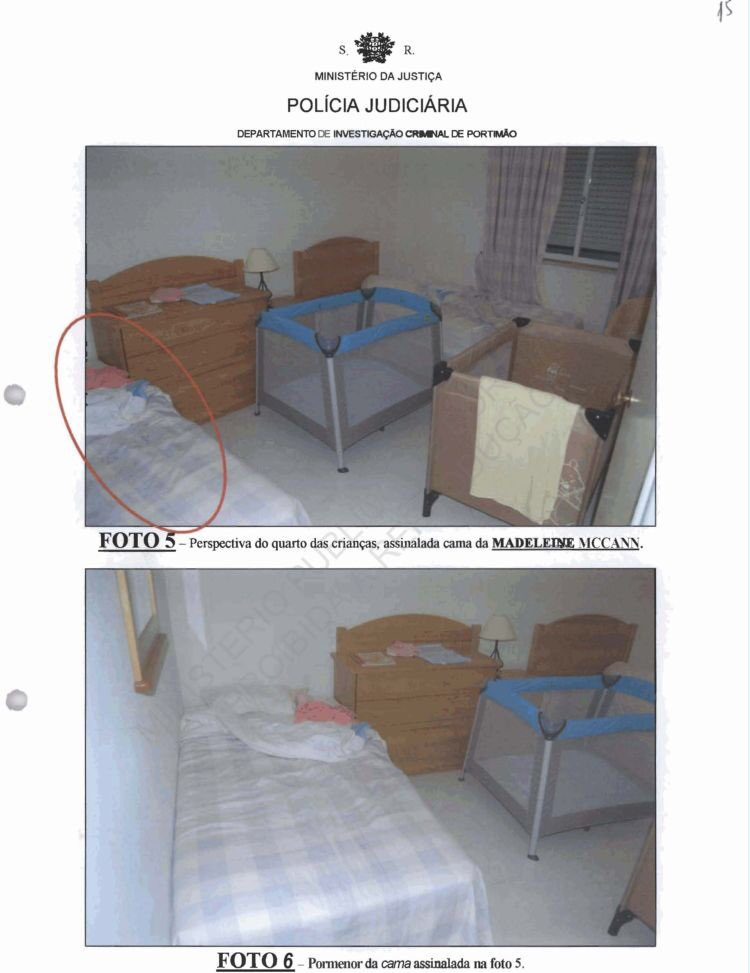
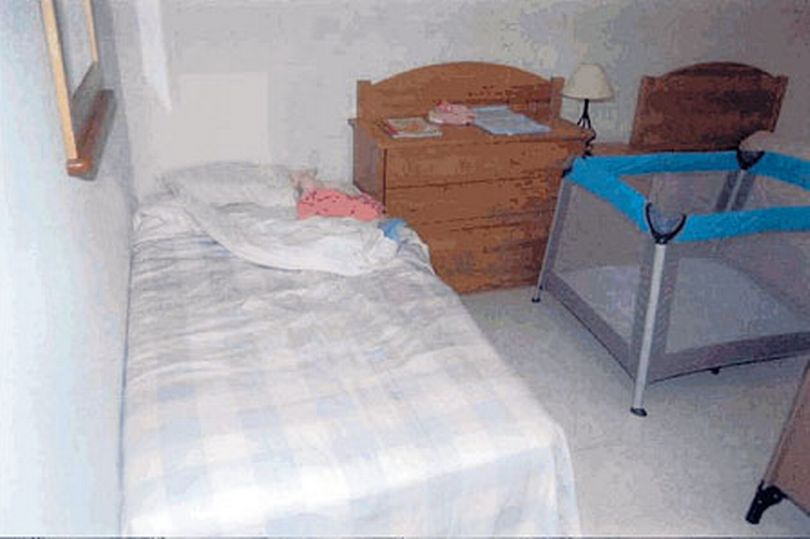
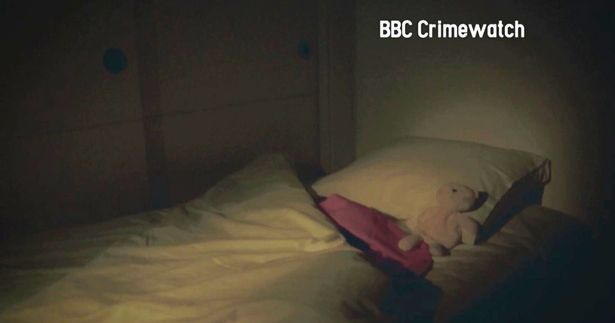
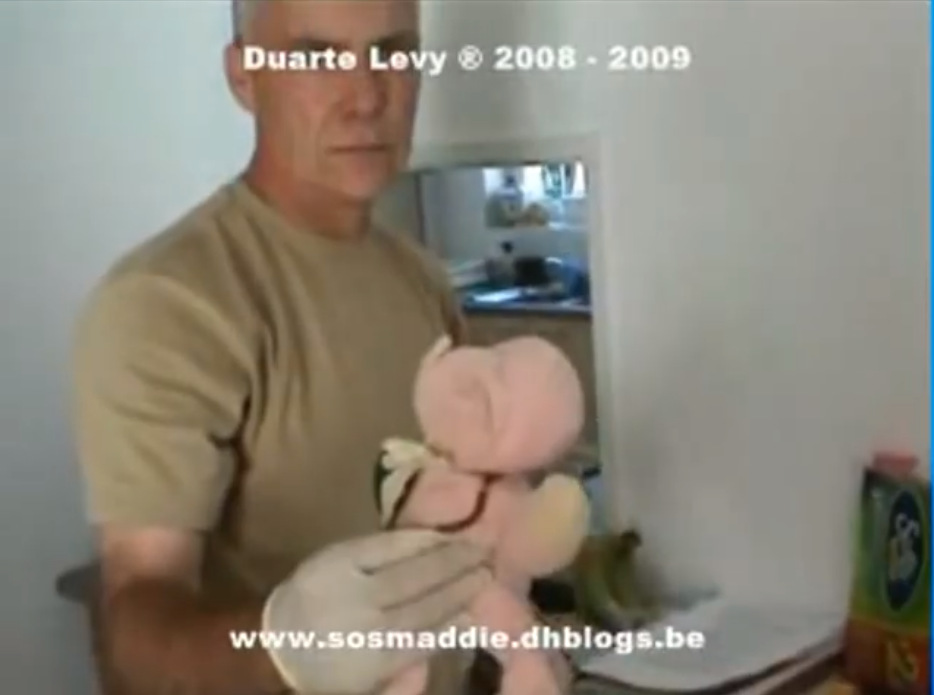
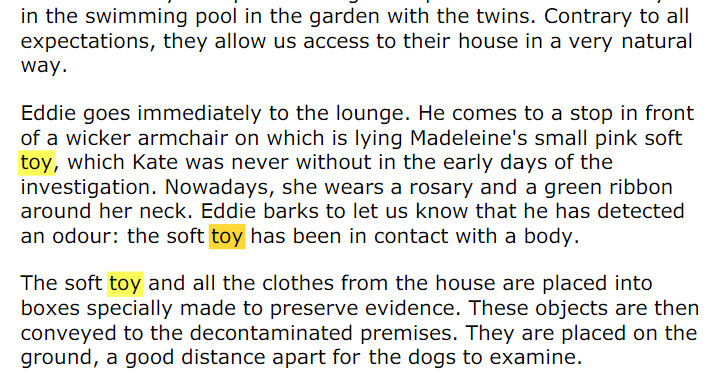
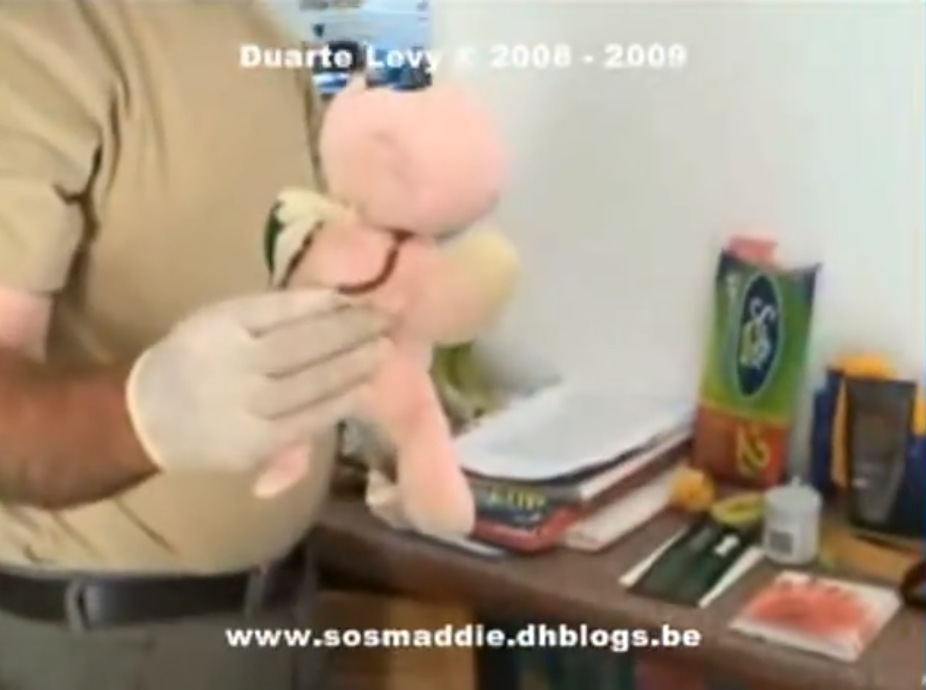
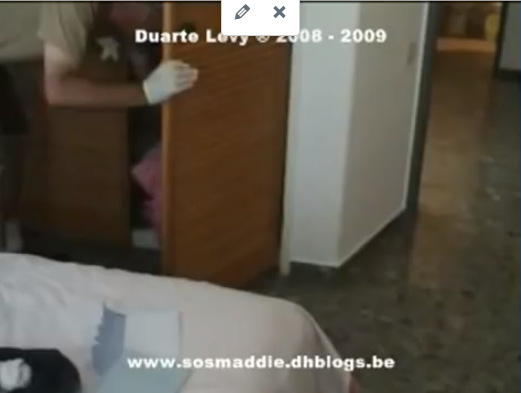
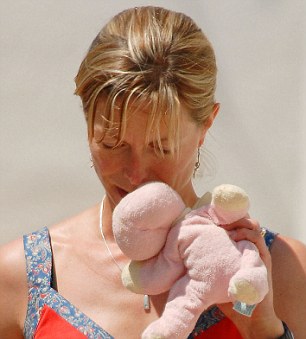
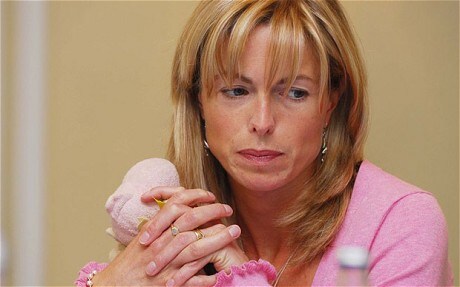
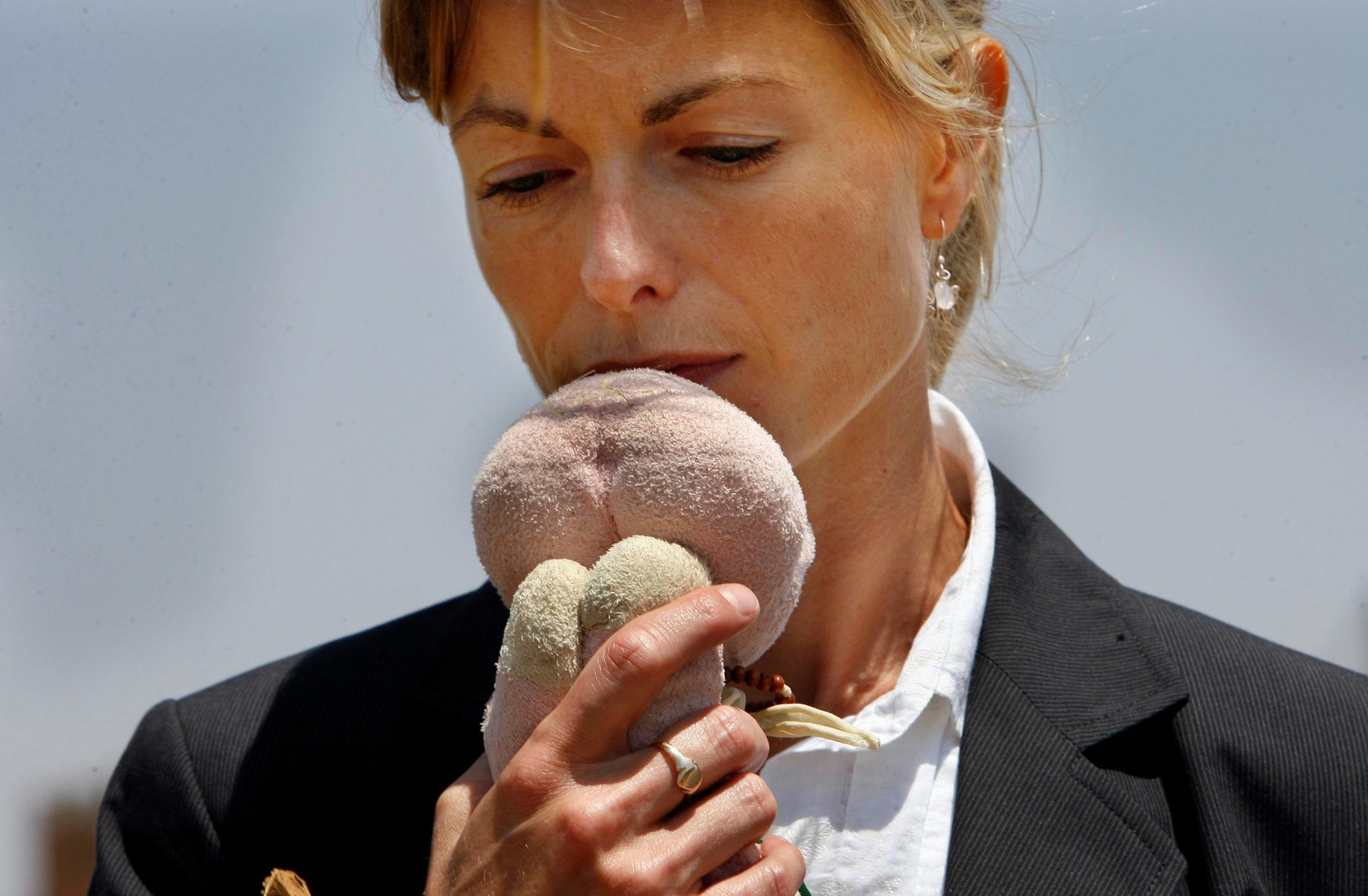
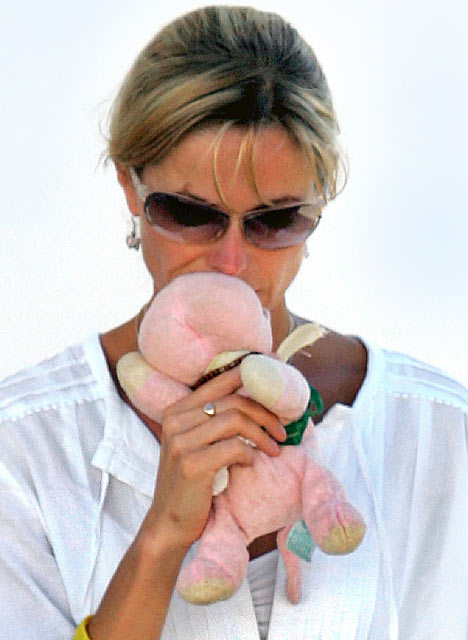

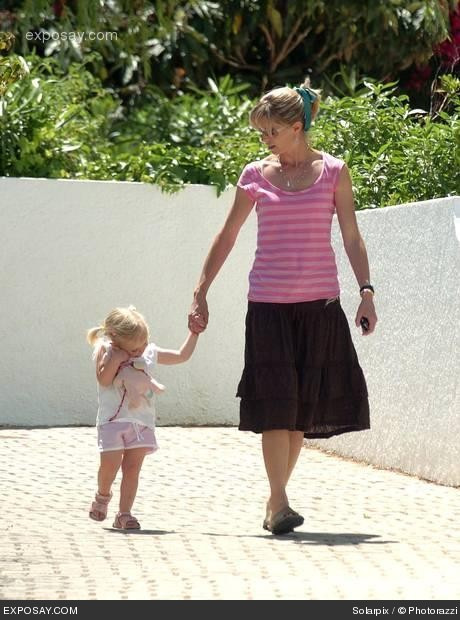
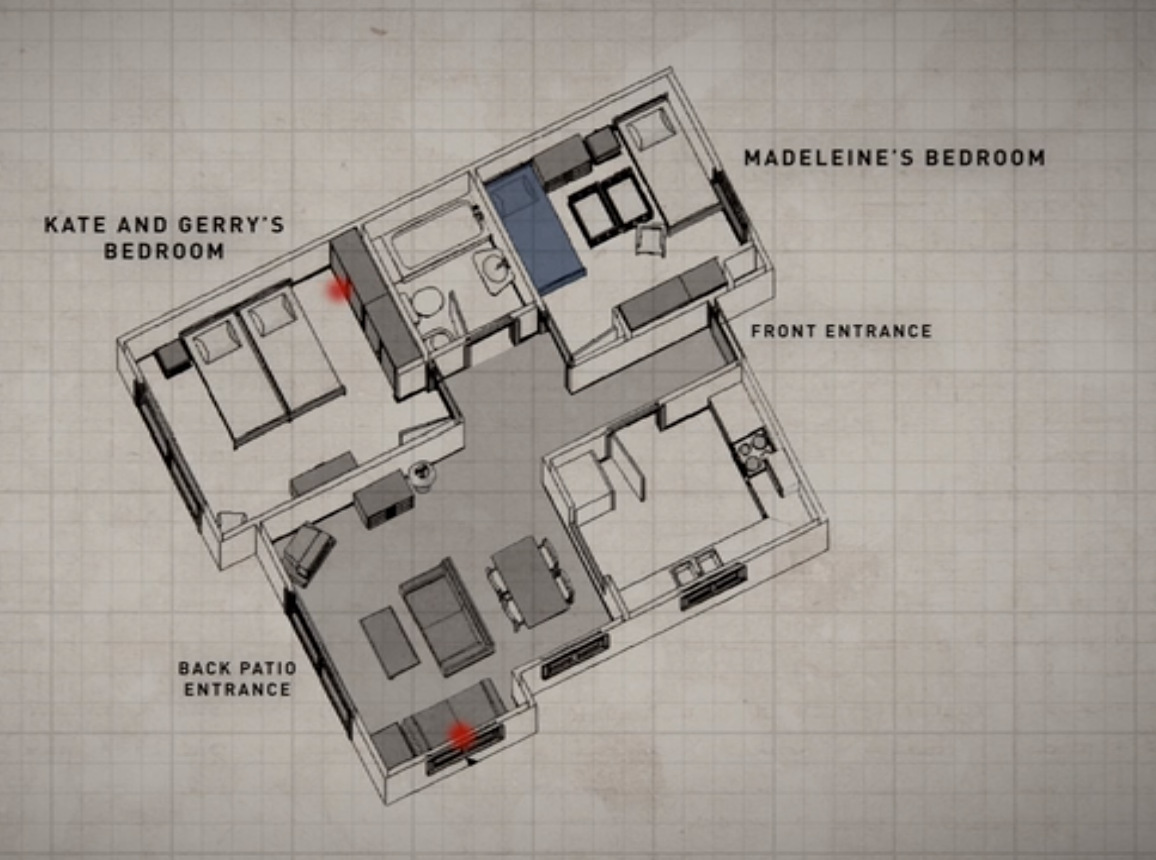
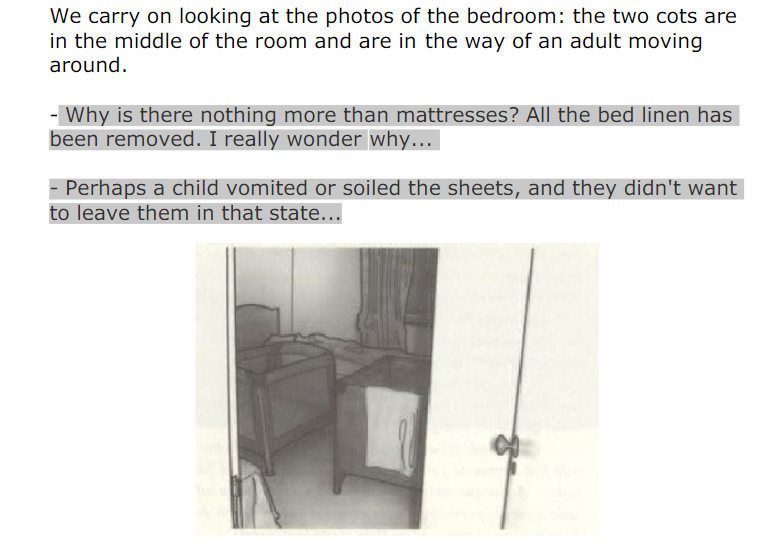
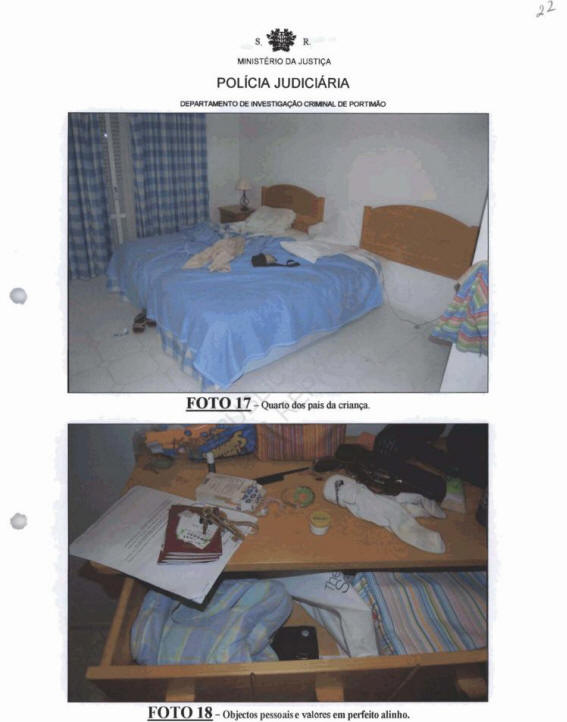
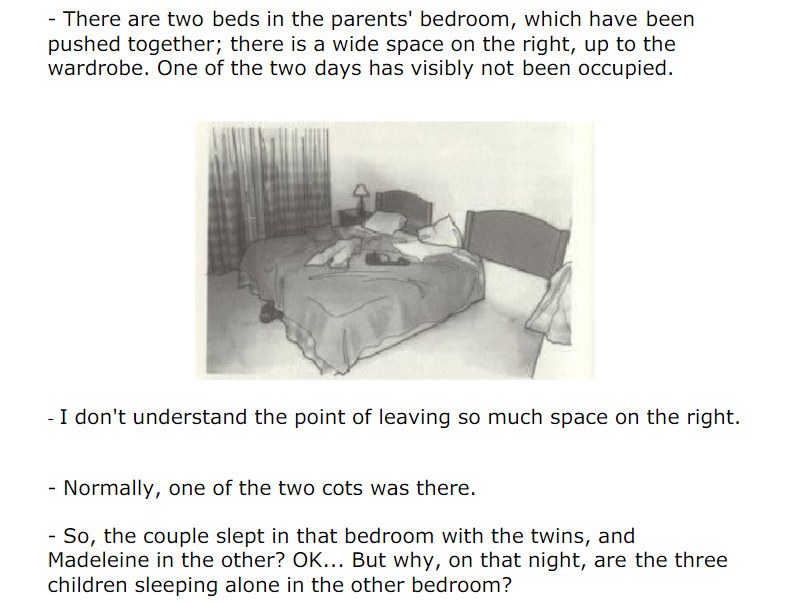
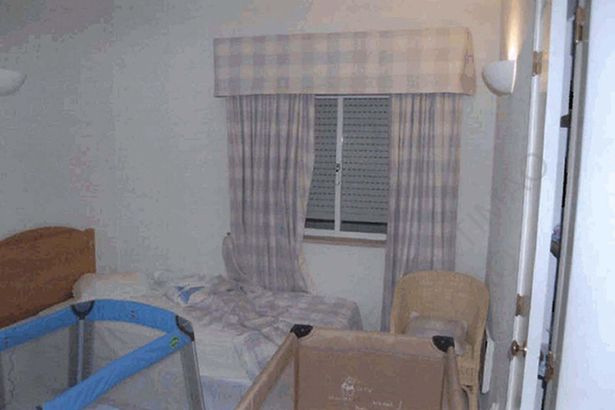
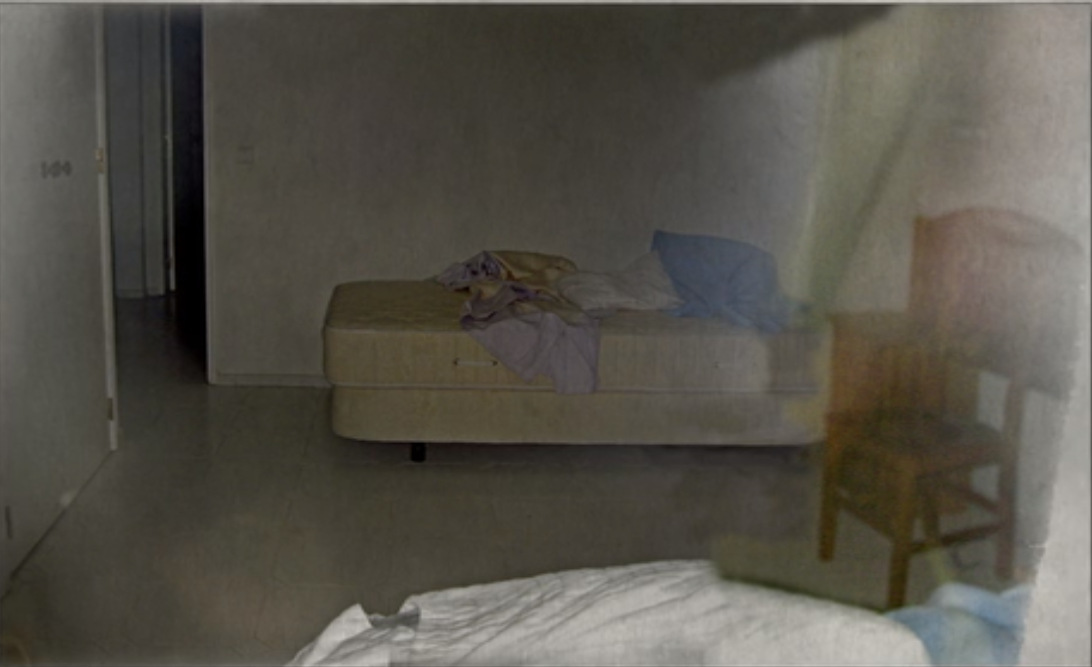
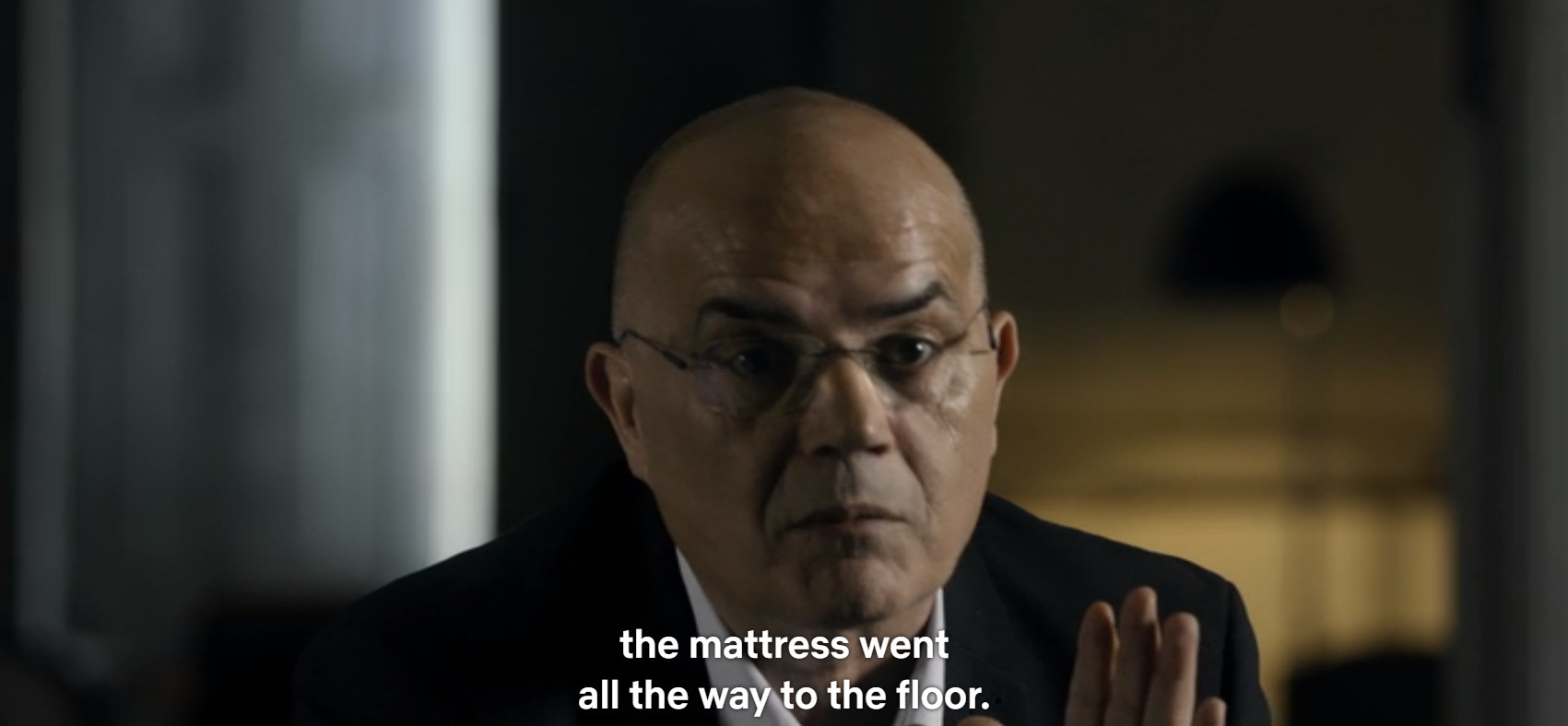
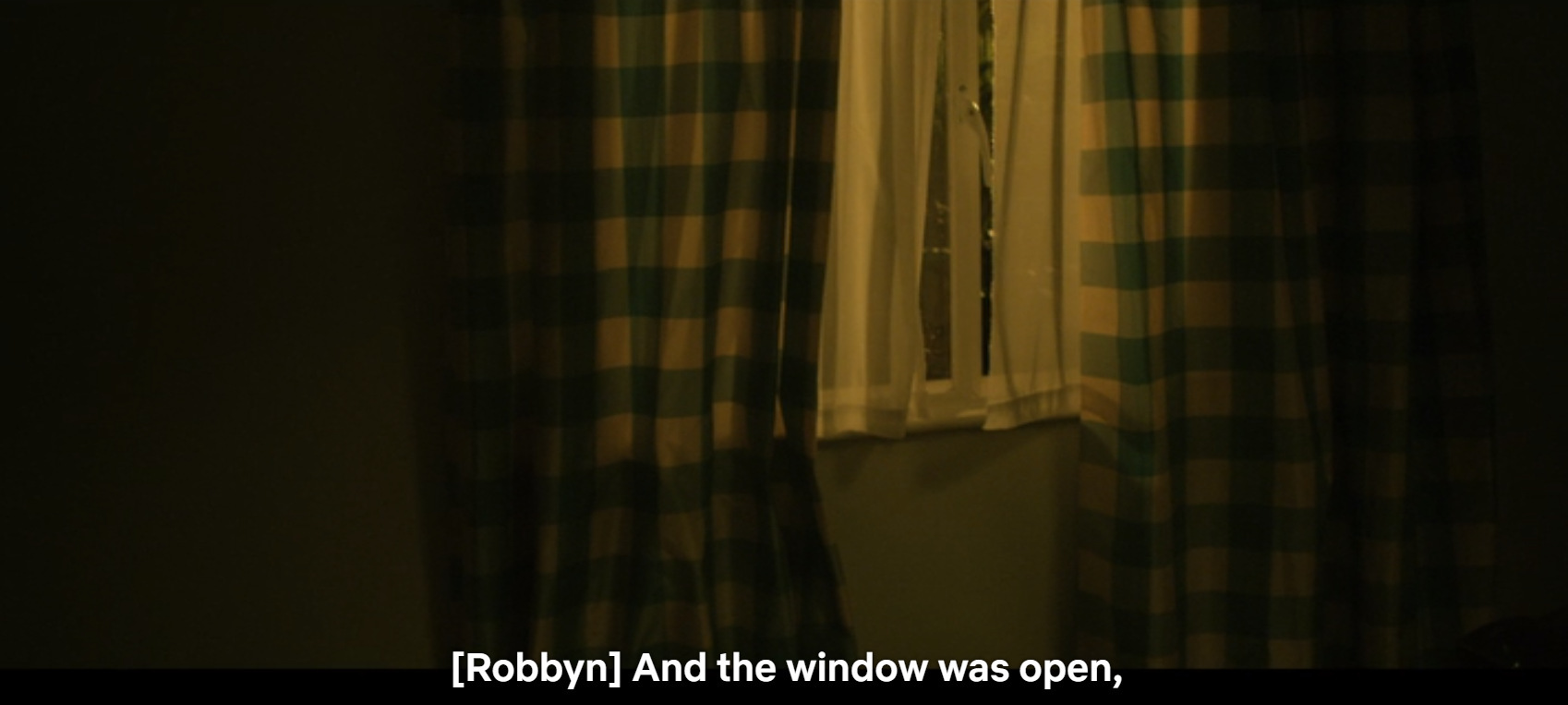






















 He uses a secret scientific method to find murder victims by following their DNA trail with the help of global positioning satellites. A family friend said: “The irony for Kate and Gerry is that through them trying to move the case forward and be proactive
He uses a secret scientific method to find murder victims by following their DNA trail with the help of global positioning satellites. A family friend said: “The irony for Kate and Gerry is that through them trying to move the case forward and be proactive 





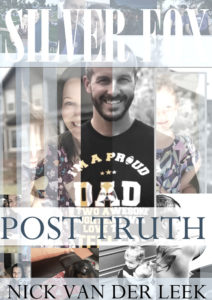
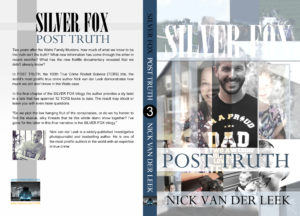





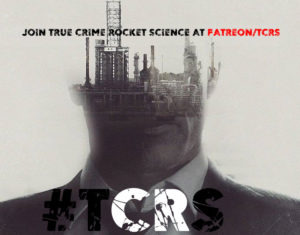

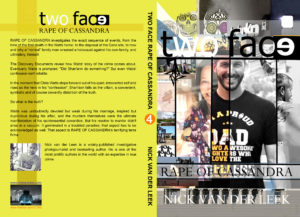
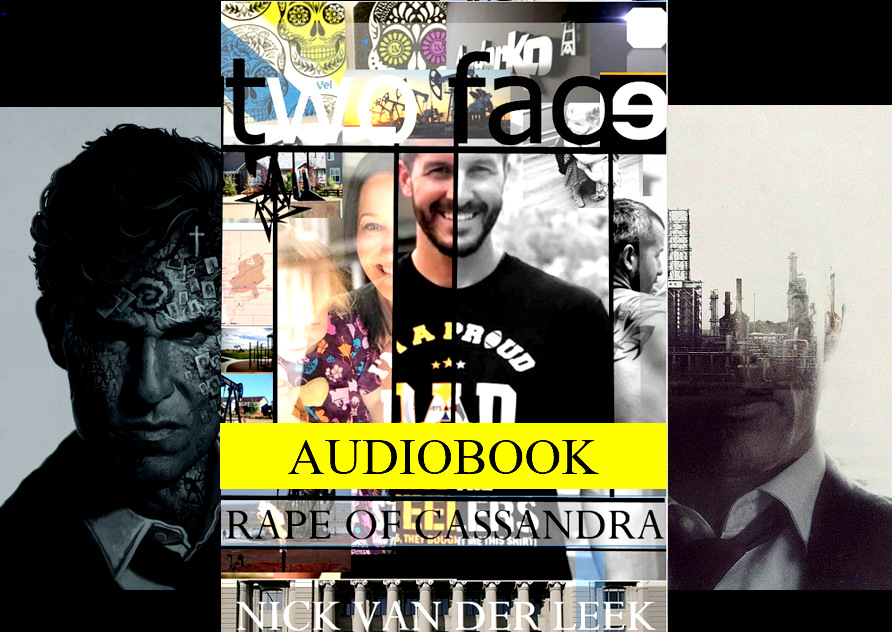
Recent Comments